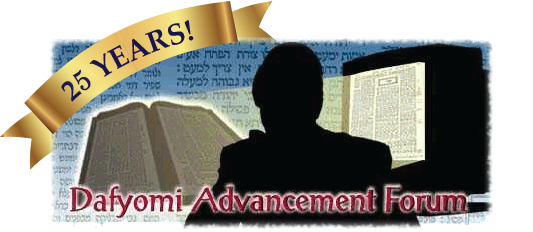Why did Hashem instruct Moshe here to fix the Paroches underneath the hooks and to then bring the Aron into the Kodesh Kodshim, considering that the Mishkan had not even been built yet?
Ramban: Hashem is not issuing Moshe current instructions here; He is merely informing him that he should place the Paroches underneath the hooks so that, when he moves the Aron there, it will divide between the Kodesh and the Kodesh Kodshim.
Seeing as the Mishkan had only one curtain that divided the Kodesh and the Kodesh Kodashim, why, in the second Beis-Hamikdash were there two?
Yoma, 51b: Because, bearing in mind that in the first Beis-Hamikdash, the division was made via a wall of an Amah thick (known as the Amah T'raksin, they were not sure whether that Amah belonged to the Kodesh or to the Kodesh Kodashim, so they put up two curtains leaving the Amah in between as a Safek. 1
See Torah Temimah, note 26, who elaborates.
Why does the Torah refer here to the Heichal as "haKodesh"?
Menachos, 27b: To teach us that the entire Heichal is called "Kodesh".
What did the three sections of the Mishkan comprise?
Ramban (in the Peirush on Shir ha'Shirim that is ascribed to him) and R. Bachye (in Pasuk 9): They comprised the Kodesh Kodshim, which housed the Aron, 1 the Luchos and the Keruvim (which was drawn slightly towards th entrance ? R. Bachye), 2 the Kodesh, which housed the Shulchan, the Menorah and the Mizbe'ach ha'Ketores, 3 and the Chatzer which housed the Mizbe'ach ha'Olah. 4
R. Bachye: And in front of the Aron were the flask of Manna, the jar containing the anointing oil the saff of Aharon with its almonds and flowers and the Kohen Gadol's garments. See R. Chavel's footnotes DH 'u'Vegadav shel Kohen Gadol' wh querirss this last item.
R. Bachye: 'The Chariot of the Shechinah'.
R. Bachye: Distinguisjed Keilim of lesser caliber ? which are the source of blessing on the world.
R. Bachye: On which animal are burned ? causing their decline.
What is the significance of the three sections of the Mishkan?
R. Bachye (in Pasuk 9): These correspond to the Olam ha'Mal'achim (the realm of the angels), 1 the Olam ha'Galgalim (the realm of the celestial bodies) 2 and the Olam ha'Shefalim (the realm of the physical world), 3 respectively ? and, in a human-being, they correspond to the head (the Olam ha'Dibur), 4 the heart 5 and the lower body (the Olam ha'Teva), respectively. 6
R. Bachye: Spiritual beings which form 'the Chariot of the Shechinah'.
R. Bachye: Of a lesser caliber, which on whoe movement the world exists.
R. Bachye: Which is subject to decline.
R. Bachye: Which houses Chochmah ? because a Tzadik is 'the Chariot of the Shechinah', which rests on him via the Tefilin shel Rosh. See R. Bachye.
R. Bachye: Which keeps the body alive.
R. Bachye: Which deals with decline.




